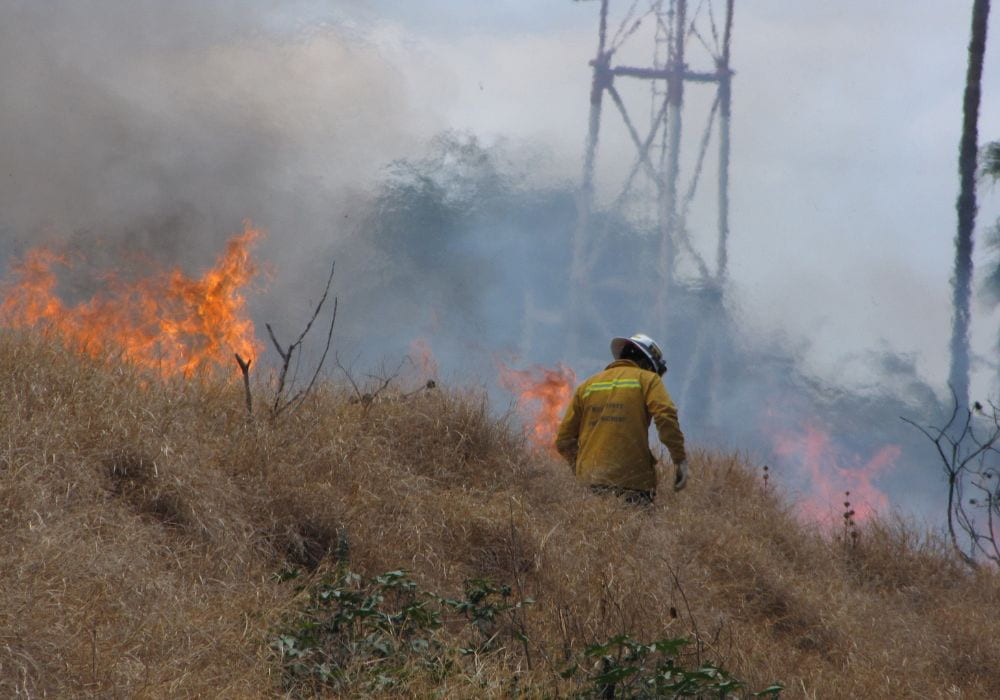
A devastating wildfire swept across the Hawaiian island of Maui on August 8, destroying most of the historic city of Lahaina located on the northwest coast of the island. Leaving at least 97 dead, the wildfire is one of the nation’s deadliest disasters. The speed of the wildfire’s spread coupled with the lack of emergency communication led to a frantic evacuation with many resorting to jumping into the ocean where they remained for hours.
Multiple factors converged on the wildfire, contributing to the scale of the disaster. At the time of the blaze, Maui was undergoing a drought which produced more fuel for the fire and a water shortage for firefighters combating the flames. None of the island’s 80 warning sirens were activated and downed power lines prevented residents from receiving electronic emergency alerts. Many residents reported having little to no warning about the fast-moving fire. Evacuation routes also became jammed with traffic, trapping people in cars.
As the ash settled, questions about the island’s level of emergency preparedness began to swirl. Many criticized the decision to not sound the island’s sirens, which are tested every month for emergency situations such as tsunamis, volcanic eruptions and wildfires. The head of Maui’s emergency management agency, Herman Andaya, defended the decision at a news conference stating that because the outdoor alarms are used primarily for tsunamis, residents would have sought higher ground when the alarm sounded.
Andaya, who was away from Maui at the time of the fires, stepped down from his position on Thursday citing health reasons. Officials have said the chief’s resignation is “effective immediately.”
Hawaii’s attorney general has ordered an independent review by outside experts on the response of state and county agencies to the Maui wildfire. Federal law enforcement will also be conducting their own investigation.
by Meryl Phair
